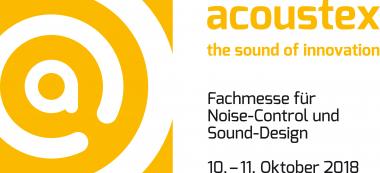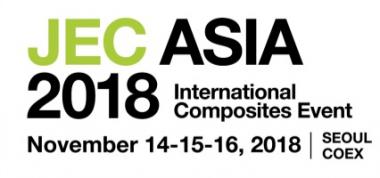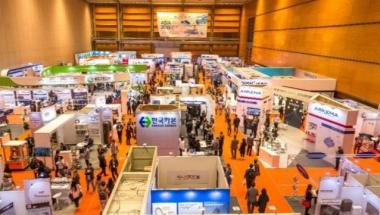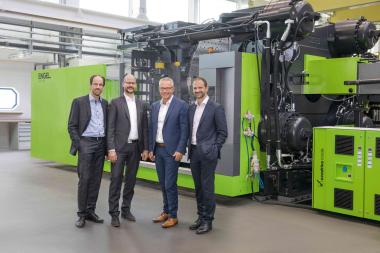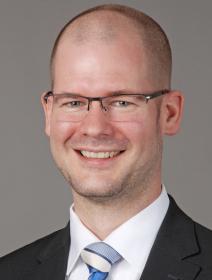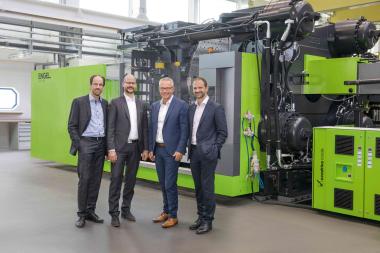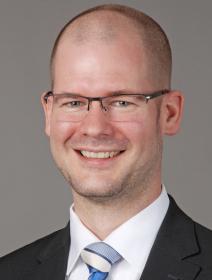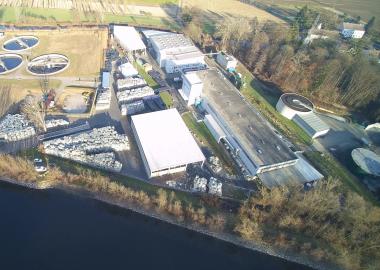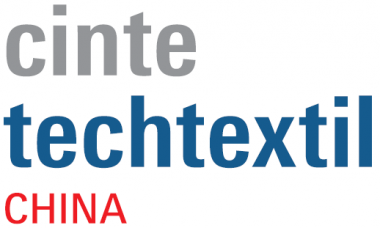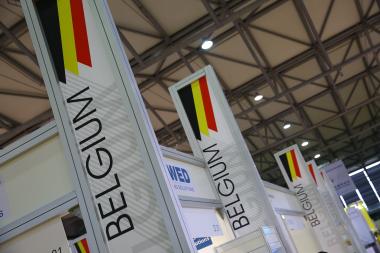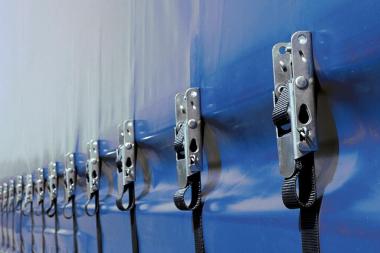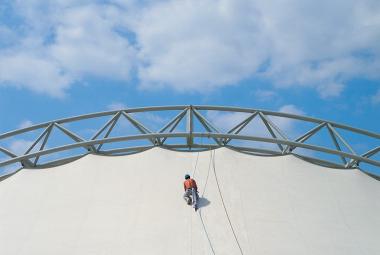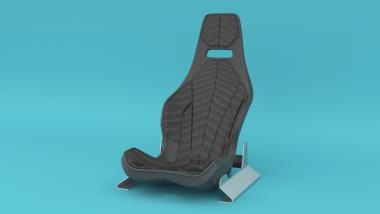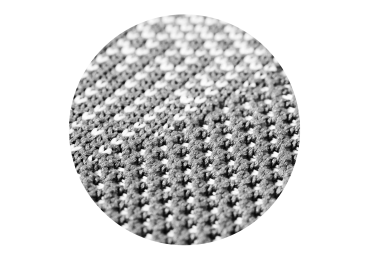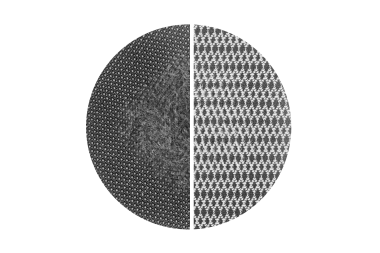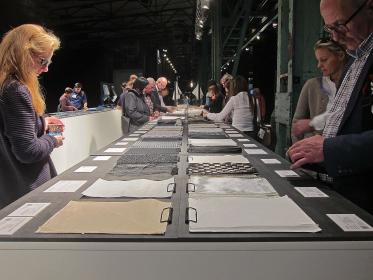HUNTSMAN and the CHEMOURS Company Expand Longstanding Alliance
- Huntsman Textile Effects and The Chemours Company FC, LLC (‘Chemours’) have agreed to expand their long-term alliance in the area of durable water repellence (DWR).
Singapore – By combining the strengths of both companies in innovation, technical support and marketing, the expanded co-operation unlocks the full potential of the alliance to develop and deliver new, sustainable DWR solutions and chemistry. This historical alliance that was established in the early 1990s has been at the forefront of delivering state-of-the-art solutions to the textile industry for durable water repellent effects. In addition to
fluorinated solutions, the expanded alliance will now be able to offer non-fluorinated alternatives as well. The alliance will cover different aspects of the value chain including research, marketing, technical support and manufacturing.
“Strengthening the partnership between Huntsman Textile Effects and Chemours unlocks the full potential of both companies to shape technology and product offerings in sustainable durable water repellency. Our cooperation, which has stood the test of time, has clearly demonstrated that strong environmental credentials and performance can co-exist in equal measure. We are excited to move forward with a broader alliance as we strengthen our position as the industry leader in DWR textile solutions,” said Jay Naidu, Vice President, Strategic Marketing and Planning, Huntsman Textile Effects.
“Chemours is excited to expand our partnership with Huntsman Textile Effects. This partnership reinforces our commitment to take a leadership role in the innovation and development of more sustainable and high performing products that address the rapidly evolving needs of the textile industry and the consumers that use these products,” said Jesal Chopra, Vice President, Chemours Fluoropolymers.
Together, Huntsman Textile Effects and Chemours have worked to lead the textile industry’s transition from long-chain water repellent products to more environmentally friendly short-chain chemistry and, more recently, non-fluorinated chemistry. The collaboration has resulted in new, market-leading DWR solutions that deliver on performance and sustainability. Chemours introduced Teflon EcoElite™ with Zelan™ R3 technology in 2015, a renewably sourced, non-fluorinated water repellent finish. Containing 60% plant-based materials* and complying with all key industry standards, Zelan™ R3 repellent offers excellent water repellency and durability while preserving fabric breathability. It meets or exceeds performance levels possible with fluorinated technologies. Teflon™ Eco Dry with Zelan™ R2 PLUS technology, which compliments Teflon EcoElite™, was recently introduced. Zelan™ R2 PLUS contains 30% renewably sourced plant-based raw materials* and is focused on delivering a high level of durable water repellency for all substrates.
In 2017, Huntsman Textile Effects introduced PHOBOTEX® RSY non-fluorinated durable water repellent, which was developed to specifically meet extreme protection, comfort and durability requirements for both synthetic and cellulosic fibers, delivering an enhanced environmental profile for brands. PHOBOTEX® RSY durable water repellent raises the bar in performance on synthetics, allowing brands to offer high-performance weather protection with an assurance of eco-friendly sustainability. Providing effective protection in extreme environments together with breathable comfort, PHOBOTEX® RSY durable water repellent repulses rain, sleet, and snow, ideal for highperformance outerwear fabrics.
Both companies bring a rich and established heritage firmly centered on research and innovation. Through their expanded alliance, joint research and development efforts in DWR enable Huntsman and Chemours to stay at the forefront of industry trends and regulatory changes for a more sustainable textile industry.




